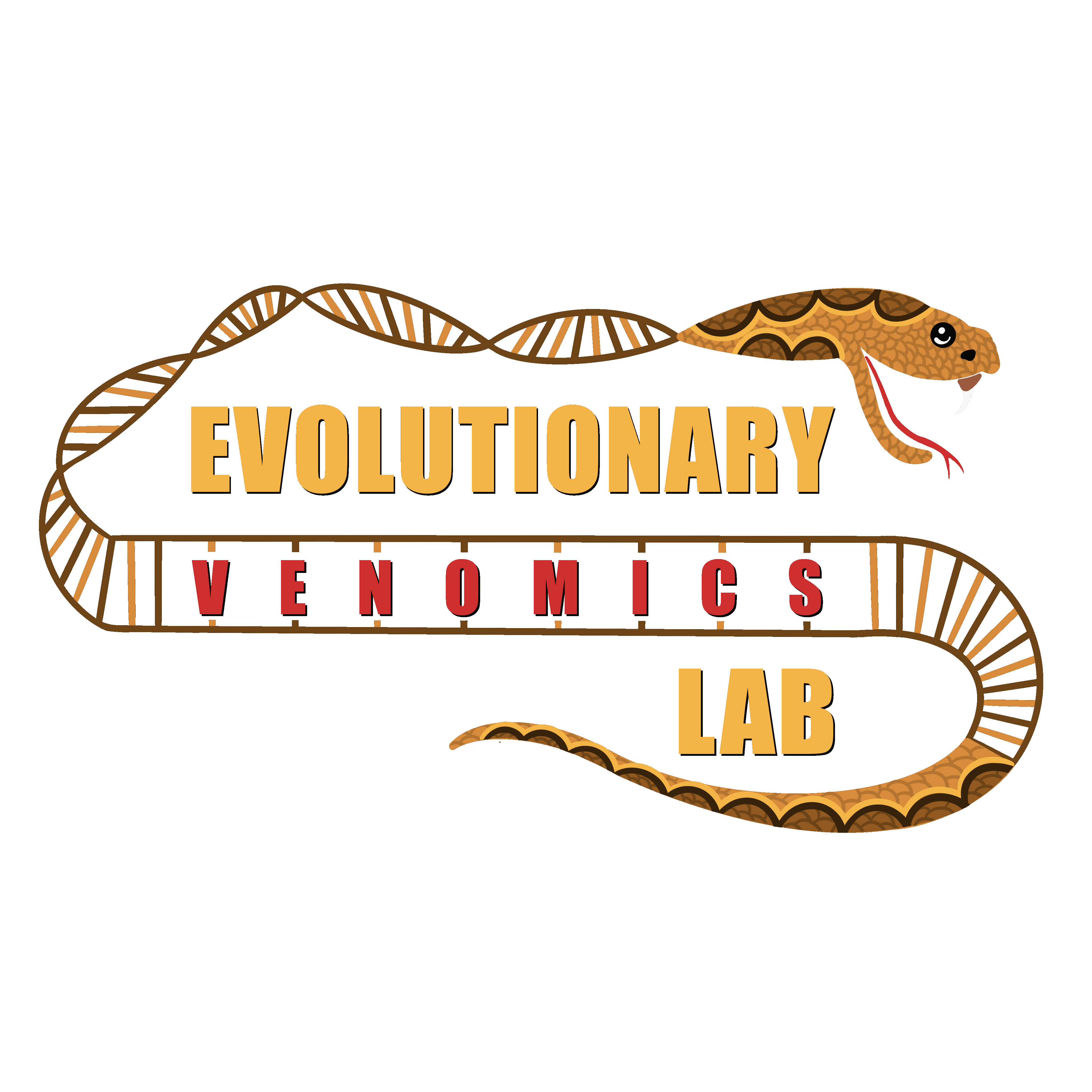
KARTIK SUNAGAR
INDIAN INSTITUTE OF SCIENCE
Our Research in the News!
11.
It was great to see our own, Prof. Kartik Sunagar, interviewed on national television, Doordarshan. This was a live call-in program, where he answered questions on venoms, snakebites, and myths associated with snakes.
You can watch this program in Kannada here
10.
Read the popular science articles on our latest paper in eLife: Primordial Knot: Ancestral origin of disulfide-rich toxins in spider venoms

9.
In this interview, Kartik speaks with Shyam Krishnamurthy from the Interview Portal, a website that publishes 'offbeat, unusual and unconventional' career interviews, and shares his experience of pursuing an 'offbeat' career path in India.
Read the full interview here
8.

Venomous Menace: Snakebite Treatments Are Failing in India
Read the complete popular science article on our latest PLOS Neglected Tropical Diseases paper in the Scientific American
Related coverage
7.

Unravelling the venomous bite of an endangered mammal
Read the complete article on our latest PNAS paper in the ScienceDaily
Related coverage
6.

An Arms Race Among Venomous Animals?
(Hebrew University press release)
In a new study published in the journal PLoS Genetics, scientists at the Hebrew University of Jerusalem have revealed new discoveries about how animal venom evolves.
Venom is a complex mixture of proteins and other toxic chemicals produced by animals such as snakes and spiders, either to incapacitate their prey or to defend against predators. The influence of positive selection (the process by which a protein changes rapidly over evolutionary time scales) in expanding and diversifying animal venoms is widely recognized. This process was hypothesized to result from an evolutionary chemical arms race, in which the invention of potent venom in the predatory animals and the evolution of venom resistance in their prey animals, exert reciprocal selection pressures. In contrast to positive selection, the role of purifying selection (also known as negative selection, which is the selective removal of deleterious genetic changes from a population) has rarely been considered in venom evolution. Moreover, venom research has mostly neglected ancient animal groups in favor of focusing on venomous snakes and cone snails, which are both “young” animal groups that originated only recently in evolutionary timescales, approximately 50 million years ago. Consequently, it was concluded that venom evolution is mostly driven by positive selection.
In the new study, Dr. Yehu Moran at the Hebrew University’s Department of Ecology, Evolution and Behavior and the guest scientist Dr. Kartik Sunagar examined numerous venom genes in different animals in order to unravel the unique evolutionary strategies of toxin gene families. The researchers analyzed and compared the evolutionary patterns of over 3500 toxin sequences that belonged to 85 different families. These toxins spanned the breadth of the animal kingdom, including ancient venomous groups such as centipedes, scorpions, spiders, coleoids (octopus, cuttlefish and squids) and cnidarians (jellyfish, sea anemones and hydras). Unexpectedly, despite their long evolutionary histories, ancient animal groups were found to have accumulated low variation in their toxins.
Related coverage
5.

Predictable evolution: bad news for toads, good news for their predators
"Researchers reveal that, under certain circumstances, the process of evolution can be highly predictable, especially when there are limited solutions to a particular problem, such as resistance to dangerous toxins"
by GrrlScientist for The Guardian
Related coverage
4.

3.


Dracula’s Children
by Ed Young for The National Geographic
A popular science article about our research on vampire bat venom that was published in the Journal of Proteomics.
Read the full article.
Related coverage
-
Phys.org
2.


Squeezers and Leaf-cutters
by Ed Young for The National Geographic
A popular science article about our research in Molecular Cellular Proteomics that led to the discovery of venom proteins in salivary secretions of pythons and other basal reptiles.
1.

Cone snails have multiple venoms
Phys.org
An article about our research in Nature Communications that led to the discovery that cone snails can rapidly switch between defensive and offensive venom.